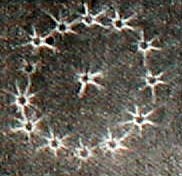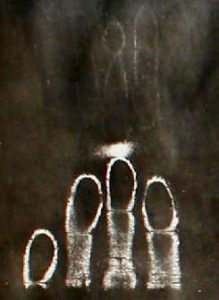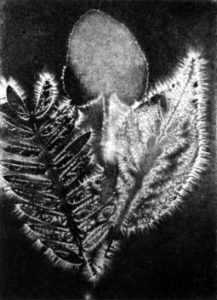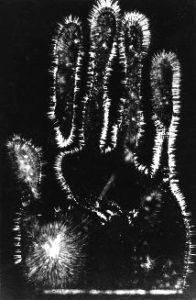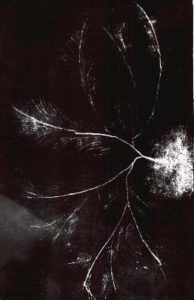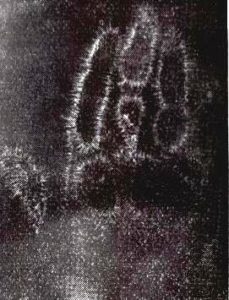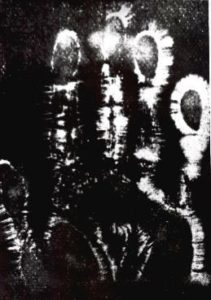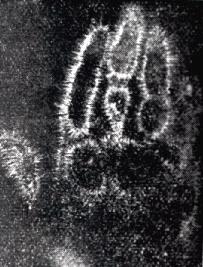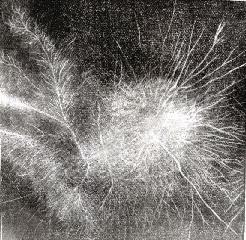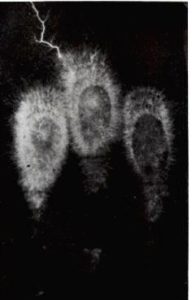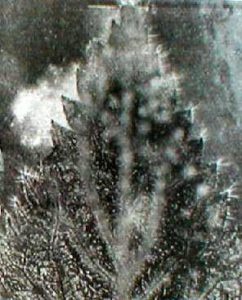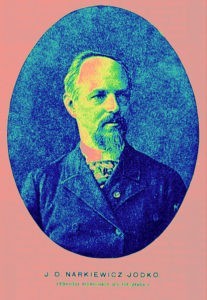
On an electricized plate, he obtained a type of photo that he simply named Electric Photography, in black and white colors, and started to investigate, through this technique, the human potencialities, but he did not continue his work.
Later on, already during the middle of XXth Century, his work was taken back by M. Pogorelski, in Russia, and by B. J. Navratil, in Czechoslovakia, but with no other significative consequence.
A significant contribution to the study of these photographs was made by a talented Byelorussian scientist Jacob Narkevich-Yodko in the end of the Nineteenth century. He was an independent landowner and spent most of his time on his estate above the river Neman. There he actively experimented with electricity, applying it in agriculture and medicine. A straight parallel with modern medicine can be drawn from the description of experiments on the stimulation of plants with electrical current, on electrotherapy, and magnetism by J. Narkevich-Yodko. But the scientific achievements of our time are not just “the new as a well-lost old”. This is a new convolution of perception. In the end of the Nineteenth century, when the principles of electricity were only emerging, when the main source of light was a kerosene lamp, the searching investigators were trying to apply electricity to the most different areas of life. They were as if naming the chapters of a new book, but had not enough power to write the contents. Therefore, we find the sources of one or another modern scientific direction in the works of the enthusiasts of the Nineteenth century.
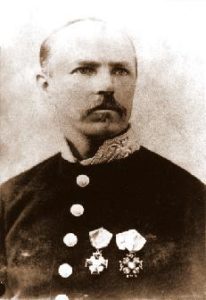
J. Narkevich-Yodko developed his own original technique for making electrophotographs. He made more than 1500 photographs of fingers of different people, plant leaves, grain, and in the 1890’s this research attracted attention in the scientific community. In 1892 J. Narkevich-Yodko presented for the professors of St. Petersburg Institute of Experimental Medicine, after which he was appointed a “Member-Employee of this Institute” by the order of the Institute patron, the Prince of Oldenburg. The results of Narkevich-Yodko created such an impression upon the scientific community that in 1893 a conference on electrography and electrophysiology was organized in St. Petersburg University. In the same year Narkevich-Yodko visited the scientific centers of Europe: Berlin, Vienna, Paris, Prague, Florence and gave lectures there. His experiments on electrography were acknowledged as important and envisaging further development everywhere. Narkevich Yodko received medals at several exhibitions, and at the Congress in France in 1900 he was nominated a professor of electrography and magnetism.
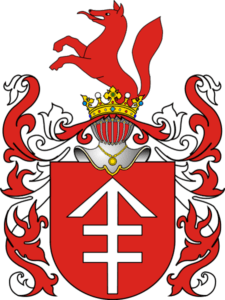
J. Narkevich-Yodko combined scientific work with public activity. He organized a health center on his estate and received people from very different social circles: from grandees to plain people, and cured many different diseases with the help of the newest for those days, methods. But with the death of J. Narkevich-Yodko the contemporaries forgot his works. He made an interesting discovery, but could not overcome the barrier which had always been in the road of wide introduction. There had been so many interesting methods, inventions, developments, which disappeared together with their authors! In order to make an idea publicly acknowledged it is necessary to introduce it deep into the collective consciousness, attract students, followers, and companions. It is obligatory to publish articles, books, written by different authors and, advisably, in different countries. Various researchers should independently test a new idea and make sure that it is effective, but in order to do so they should have a desire! And such “overcoming of a potential barrier” usually requires more than ten years. If the author has enough persistence, energy, and optimism to get his own way, the idea starts living independently and sometimes the author gets the interest. If not, then not. And, naturally, much depends on the favor of “lady Luck”.
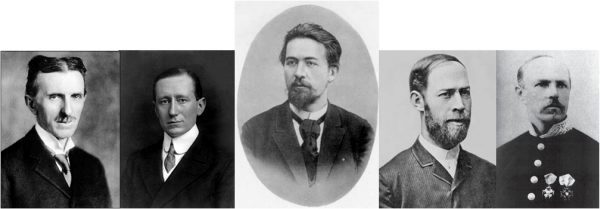
tesla, markoni, popov, gertz, narkevich-yodko
The general social situation in Russia played a role in the life of Narkevich-Yodko. Evil social winds were blowing, which turned into a hurricane having destroyed the leisurely way of life of the Nineteenth century and changed the beautiful estates above the Neman and Volga rivers into cold abandoned ruins. «No prophet is accepted in his own country», especially when this prophet thinks in a non-standard way and doesn’t fall into the usual pattern. But can a Prophet live a normal life?
Narkevich-Yodko‘s electrophotographs from XIX century
